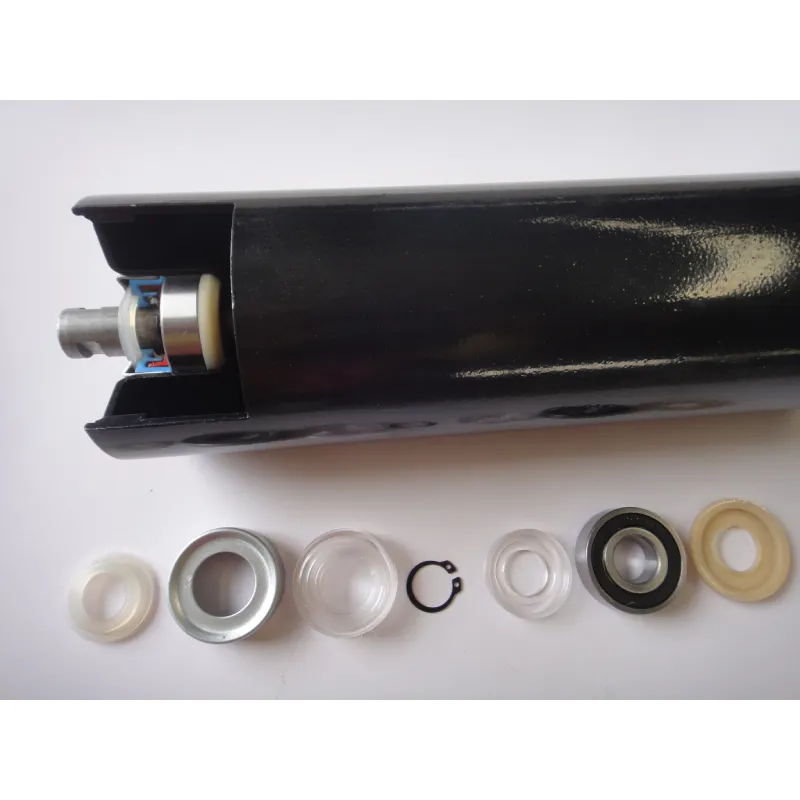 Afrikaans
Afrikaans  Albanian
Albanian  Amharic
Amharic  Arabic
Arabic  Armenian
Armenian  Azerbaijani
Azerbaijani  Basque
Basque  Belarusian
Belarusian  Bengali
Bengali  Bosnian
Bosnian  Bulgarian
Bulgarian  Catalan
Catalan  Cebuano
Cebuano  Corsican
Corsican  Croatian
Croatian  Czech
Czech  Danish
Danish  Dutch
Dutch  English
English  Esperanto
Esperanto  Estonian
Estonian  Finnish
Finnish  French
French  Frisian
Frisian  Galician
Galician  Georgian
Georgian  German
German  Greek
Greek  Gujarati
Gujarati  Haitian Creole
Haitian Creole  hausa
hausa  hawaiian
hawaiian  Hebrew
Hebrew  Hindi
Hindi  Miao
Miao  Hungarian
Hungarian  Icelandic
Icelandic  igbo
igbo  Indonesian
Indonesian  irish
irish  Italian
Italian  Japanese
Japanese  Javanese
Javanese  Kannada
Kannada  kazakh
kazakh  Khmer
Khmer  Rwandese
Rwandese  Korean
Korean  Kurdish
Kurdish  Kyrgyz
Kyrgyz  Lao
Lao  Latin
Latin  Latvian
Latvian  Lithuanian
Lithuanian  Luxembourgish
Luxembourgish  Macedonian
Macedonian  Malgashi
Malgashi  Malay
Malay  Malayalam
Malayalam  Maltese
Maltese  Maori
Maori  Marathi
Marathi  Mongolian
Mongolian  Myanmar
Myanmar  Nepali
Nepali  Norwegian
Norwegian  Norwegian
Norwegian  Occitan
Occitan  Pashto
Pashto  Persian
Persian  Polish
Polish  Portuguese
Portuguese  Punjabi
Punjabi  Romanian
Romanian  Russian
Russian  Samoan
Samoan  Scottish Gaelic
Scottish Gaelic  Serbian
Serbian  Sesotho
Sesotho  Shona
Shona  Sindhi
Sindhi  Sinhala
Sinhala  Slovak
Slovak  Slovenian
Slovenian  Somali
Somali  Spanish
Spanish  Sundanese
Sundanese  Swahili
Swahili  Swedish
Swedish  Tagalog
Tagalog  Tajik
Tajik  Tamil
Tamil  Tatar
Tatar  Telugu
Telugu  Thai
Thai  Turkish
Turkish  Turkmen
Turkmen  Ukrainian
Ukrainian  Urdu
Urdu  Uighur
Uighur  Uzbek
Uzbek  Vietnamese
Vietnamese  Welsh
Welsh  Bantu
Bantu  Yiddish
Yiddish  Yoruba
Yoruba  Zulu
Zulu conveyor frame parts
Understanding Conveyor Frame Parts Essential Components for Efficient Material Handling
Conveyor systems play a pivotal role in modern manufacturing and distribution environments, streamlining the movement of goods and materials. At the heart of these systems is the conveyor frame, which serves as the backbone for supporting various moving parts. Understanding the components of conveyor frame parts is crucial for anyone involved in the design, maintenance, or operation of these systems.
What is a Conveyor Frame?
The conveyor frame is the structure that supports the entire conveyor system. It is designed to withstand significant loads and is often made from materials such as steel, aluminum, or engineered plastics. The choice of material typically depends on the specific application, load requirements, and environmental conditions where the conveyor will operate.
Key Components of Conveyor Frame Parts
1. Main Frame Sections The primary structure of any conveyor system, the main frame sections provide robust support and stability. These sections are engineered to handle the specific weight and operational demands of the materials being moved. They can be designed as modular units, enabling easy assembly and disassembly for maintenance or relocation.
2. Legs and Supports Legs are crucial for elevating the conveyor system off the ground, providing necessary clearance for material flow. They are typically adjustable to accommodate various heights and ensure the conveyor's level functionality. Supports are additional components that reinforce the structure, preventing sagging or bending under heavy loads.
3. Belt or Roller Tracks Conveyors often utilize either belts or roller tracks to move materials. The frame must be designed to accommodate these moving parts securely. The belt guide rails or roller tracks help in maintaining alignment and ensuring that materials are transported efficiently without slipping or getting stuck.
conveyor frame parts

4. Drive Mechanisms The conveyor frame also houses the drive mechanism, which is responsible for powering the movement of the conveyor. This can include electric motors, pulleys, and gear systems. The drive mechanism must be securely integrated into the frame to withstand the operational stresses of continuous use.
5. Side Rails Side rails are often integrated into the conveyor frame to keep materials contained during transport. They are important for preventing items from falling off the conveyor, especially when dealing with inclines or declines. Adjustable side rails can be beneficial for accommodating various material sizes.
6. End Stops and Bumpers To enhance safety and efficiency, conveyor frames often include end stops and bumpers. These components prevent materials from rolling off the ends of the conveyor and help control the flow of items onto or off of the system.
7. Cross Members and Bracing Cross members are used to connect different sections of the main frame, adding stability and rigidity to the structure. Bracing is also essential, offering additional support and minimizing vibrations that can occur during operation, which can affect the integrity and lifespan of the conveyor system.
Importance of Proper Design and Maintenance
Designing a robust conveyor frame is crucial for ensuring operational efficiency and minimizing downtime. A well-designed frame can accommodate the material flow without failure, while poor design can lead to increased wear and potential safety hazards. Regular maintenance of the conveyor frame is equally important; it involves inspecting for any signs of wear or damage, ensuring all components are securely fastened, and replacing any worn parts promptly.
Conclusion
In conclusion, conveyor frame parts are integral to the functionality of any conveyor system. Understanding these components helps in selecting the right systems for specific applications, as well as in maintaining them properly to ensure longevity and efficiency. Whether in manufacturing, warehousing, or logistics, well-designed and maintained conveyor frames contribute significantly to streamlined operations, boosting productivity and reducing the risk of accidents. As technology advances, the innovation in materials and designs will continue to enhance the effectiveness of conveyor systems across various industries.
-
Revolutionizing Conveyor Reliability with Advanced Rubber Lagging PulleysNewsJul.22,2025
-
Powering Precision and Durability with Expert Manufacturers of Conveyor ComponentsNewsJul.22,2025
-
Optimizing Conveyor Systems with Advanced Conveyor AccessoriesNewsJul.22,2025
-
Maximize Conveyor Efficiency with Quality Conveyor Idler PulleysNewsJul.22,2025
-
Future-Proof Your Conveyor System with High-Performance Polyurethane RollerNewsJul.22,2025
-
Driving Efficiency Forward with Quality Idlers and RollersNewsJul.22,2025





























